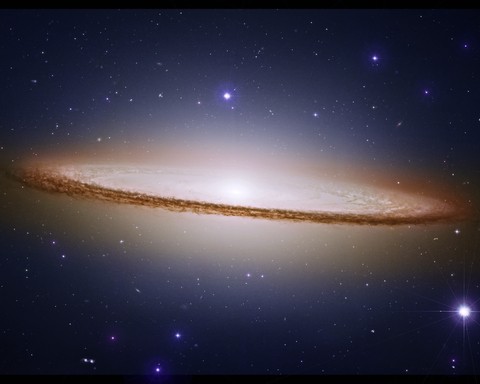This is a bit more information on the more scientific side in terms of properties astronomers observe when viewing extremely old galaxies:
“We frequently see the Lyman-alpha emission line of hydrogen in nearby objects as it is one of most reliable tracers of star-formation,” comments California Institute of Technology (Caltech) astronomer, Adi Zitrin.
And the previous record holder of the oldest galaxy seen is shown in this video:
Using the Hubble Space Telescope, scientists discovered Galaxy z8_GND_5296, which might’ve formed 13.1 billion years ago.
And one of the commenters on this clip has this opinion:
Cool , one of the oldest galaxies (as far as we know) IN the universe …. Hell yeah 🙂 Now the question comes , where is the life , is it hiding somewhere around the stars in this galaxy ? – Interesting , if this galaxy has a x300 faster rate of stars development , that must mean it has Lots of Sun`s and light. So i come to the conclusion : If there is water on a planet,moon(or something) there is light for shure , as well …. Then there might be “Alien” Plant life , micro ogranisms and possibly intelligent life (such as , animals , insects , meybe even Humanoids) Lets hope that soon we will learn more about this Galaxy :>
We hope you like the video and we will keep posting updates from this most recent record holding galaxy!
thanks to piercepioneer.com for the great info

How exactly do you determine a galaxy’s age?
this is from hubblesite.org:
Astronomers measure the distance to a galaxy in the same way we estimate the distance to an oncoming car by the brightness of its headlights. We know from experience how much light a car’s headlights emits, so we can determine how far away the car is.
To measure the distance to a galaxy, we try to find stars in that galaxy whose absolute light output we can measure. We can then determine how far away the galaxy is by observing the brightness of the stars. Such stars can help us measure the distance to galaxies 300 million light years away.
If a galaxy is too far away for us to distinguish individual stars, astronomers can use supernovae in the same manner, because the light output of supernovae at their peak brightness is a known fact. Supernovae can be used to measure the distance to galaxies as far as 10 billion light years away.
That is distance, same way lasers determine distance amount of time it takes to reflect back, but age, how do we determine an age of an object by its distance? How do astronomers determine its age? How could we sample a galaxie and determine its age? Is it something that would age? Does its characteristics change? Or energy levels?
If their model is right (and it might not be) it would mean that the galaxy would have had to been around 13.2 billion years ago for the light to make it that distance, hence it was sent that long ago. The galaxy might be toast by now and likely is. But was around back then to send the light. We’re suppisidely seeing it as it looked 13.2 billion years ago
Woah, incredible! Wish i would be alive to see man enter space like a daily drive!
Yep. Light travels at 186,000 miles/second. A light year is the distance light travels in one year at that speed, so a light year is a measurement of both distance and time.